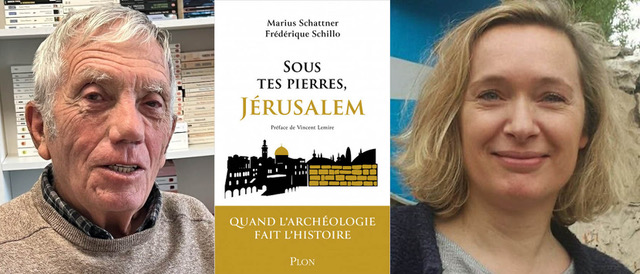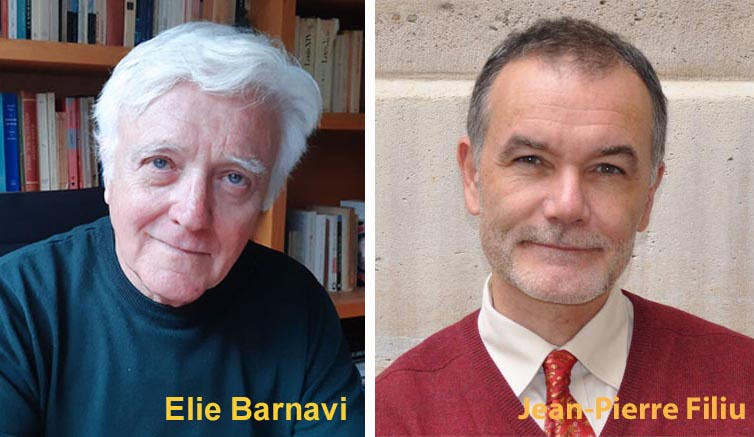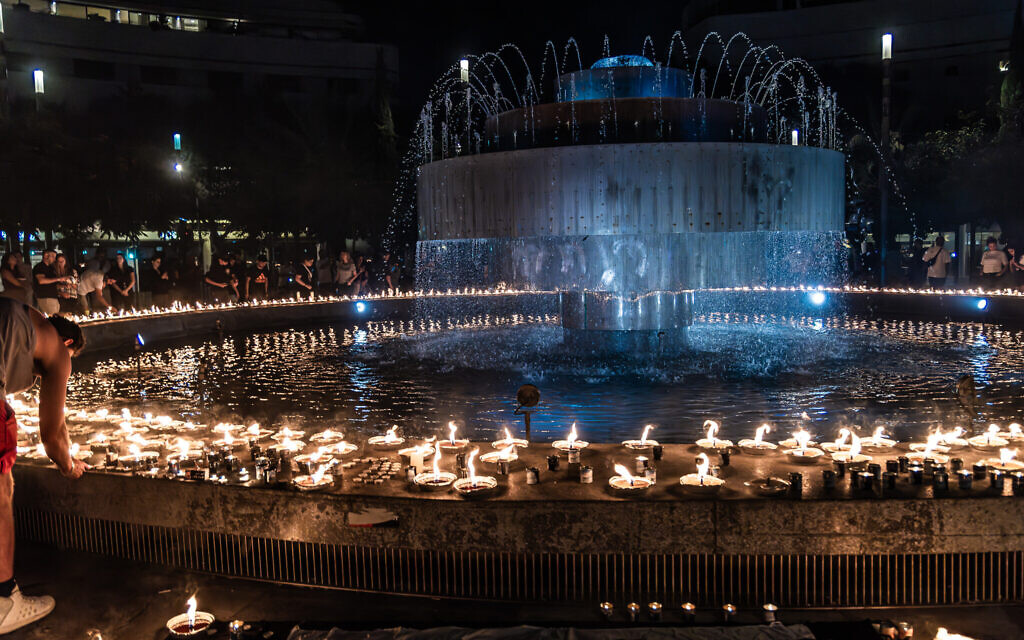rockets launched on the center of Israel
During the last 3 days, Hamas already launched hundreds of rockets on Israel and incendiary balloons on fields contiguous with Gaza. Sderot and Ashkelon are not the only targets of these attacks any more ; Jerusalem, the center of the country and even coastal towns like Raanana are also hit by rockets. There are already seven killed and dozens injured in Israel.
Before any analysis of the situation, we affirm our full support for Israel and its population which is suffering from these bombings. Israel has the right to defend its population. And we deplore all the civilian casualties—Israeli and Palestinian alike—of this new round of violence.
Why such a conflagration now ? As usual in the Middle East, there are several interpretative frameworks of the events. All of them are probably right, but some of them are more decisive than others.
First-level : It is a reaction to weeks of provocation by groups of Jewish extremists, led by the newly Knesset elected Kahanist deputee Itamar Ben Gvir, come to support the planned evictions of 13 Palestinian families (300 people) from the Sheikh Jarrah neighbourhood in East Jerusalem. All of them are descendants of the 1948 refugees having given up their properties in the Western part of the city, and relocated by Jordanians in 1952 in houses that had belonged to Jews before 1948.
Those planned evictions are not new. In 2008, several families had already been expelled by virtue of a law voted in 1970 in the Knesset, allowing Jews to take legal action in order to recover the properties thay had lost in 1948. Since then, Jews and Arabs demonstrate every Friday against these evictions—which they succeeded in blocking so far. The Supreme Court, seized by the Palestinians, decided to postpone its decision on the validity of new expulsion procedures.
That provocation of Jewish extremists took place during the Ramadan period, and the police have contributed in mobilizing Palestinians by forbidding them to get together on the esplanade of the Damascus Gate, after breaking the fast at the end of the day. The Israeli police clashed with the Palestinian demonstrators, following them to the esplanade of the mosques, and even inside the El Aqsa mosque. The images of the clashes between the Israeli police and the young Palestinians inside that sacred place for Muslims, have produced the desired effect. Israeli Arabs mobilized in turn, and tried to reach the Holy City. The police prevented them from doing it, convinced it would appease tensions. That missstep had the opposite effect and deepened the anger of demonstrators that resulted in riots in mixed cities like Lod or Akko, where scenes of civil war took place between communities, like setting fire to cars and synagogues and attempted lynchings of civilians. These images were unbelievable, especially now, after everybody in the country praised so much its Jewish and Arab caregivers whose joint commitment led to the defeat of the pandemic.
Second level: Since Mahmoud Abbas’s decision to postpone the Palestinian elections due to take place in June (on the grounds that Israel did not allow Palestinians to put ballot boxes in East Jerusalem in order to organise the vote for its inhabitants), Hamas, expecting the victory promised by the polls, felt cheated. By initiating the launching of hundreds of rockets on Israel, in support of Palestinians in Jerusalem, it shows its military capacity and its will to present iself as the “best advocate of the Palestinian cause”.
Third level: This conflagration takes place at a historical moment when, for the first time since 1948, an Arab party, Raam, led by Mansour Abbas, is in the process of finalizing an agreement to support the creation of a government regrouping all the parties of the opposition against Netanyahu—a Lapid-Bennett government that would start with the Meretz on the left and end with Yamina to the right. This flare-up of tensions between Jews and Arabs inside Israel, if it were to last, makes it difficult to continue these negotiations, and could lead to the collapse of the anti- Bibi-coalition by prompting some deputies of the right parties to leave it.
If that scenario were to happen, we would have two winners. First of all, Netanyahu, who would stay in power until the organisation of a fifth round of elections which might allow him to find a majority giving him immunity to escape justice. And Hamas, that would reinforce, within the Palestinian population, a power it was deprived of by the cancellation of the elections. That objective alliance between these two “winners” is not surprising. It is part of a continuum of the policy of Netanyahu who chose, with the Likud, to reinforce Hamas—by allowing the suitcases full of dollars sent by Qatar to enter Gaza—rather than the Fatah and the Palestinian Authority they did not negotiate with.
Whatever the interpretation framework chosen for these events, we must find a way out of the crisis before that confrontation degenerates even more. The experience of previous confrontations of that sort between Israel and Hamas showed that there was no military solution to this conflict. It is time for both of them to give up that logic of force implying, every few years, a new explosion of violence civilians are the first ones to pay the price for, and to return to the negotiation table.
Most Israelis—who on four occasions did not give a majority to Netanyahu—must be able to benefit from the new government they strive for. Its mandate will be first and foremost to reconcile the different components of the population, and especially Jews and Arabs in Israel. If its heterogeneous nature makes it probably difficult to start negotiating with Palestinians, it may still work to reduce tensions, by restoring the political climate impulsed in the region by the recent agreements concluded with several Arab States.






